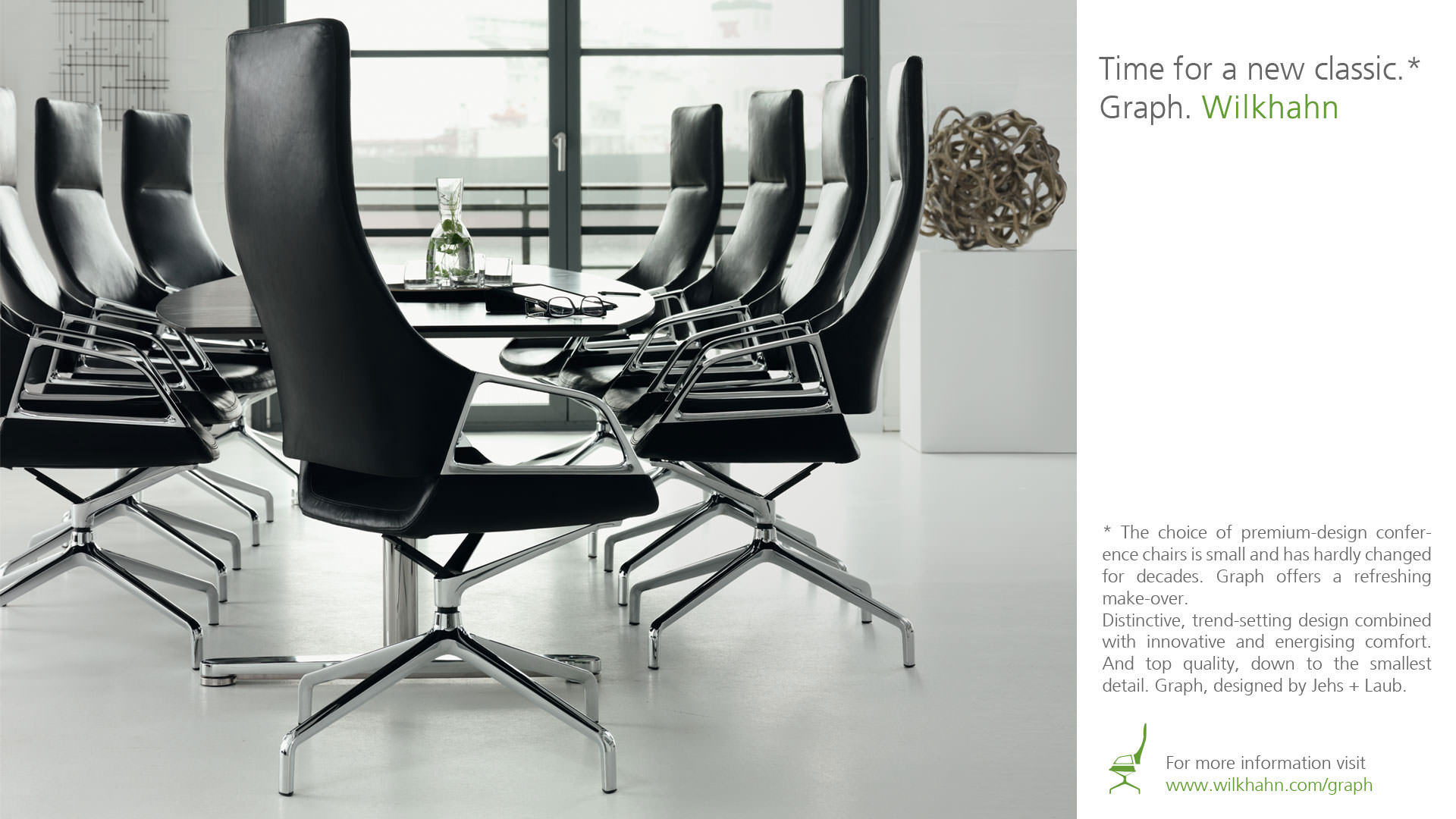-
REVELATIONS
OF ATELIER
LE BALTOCultivating beauty
in the off-spacesText by Jessica Bridger
-
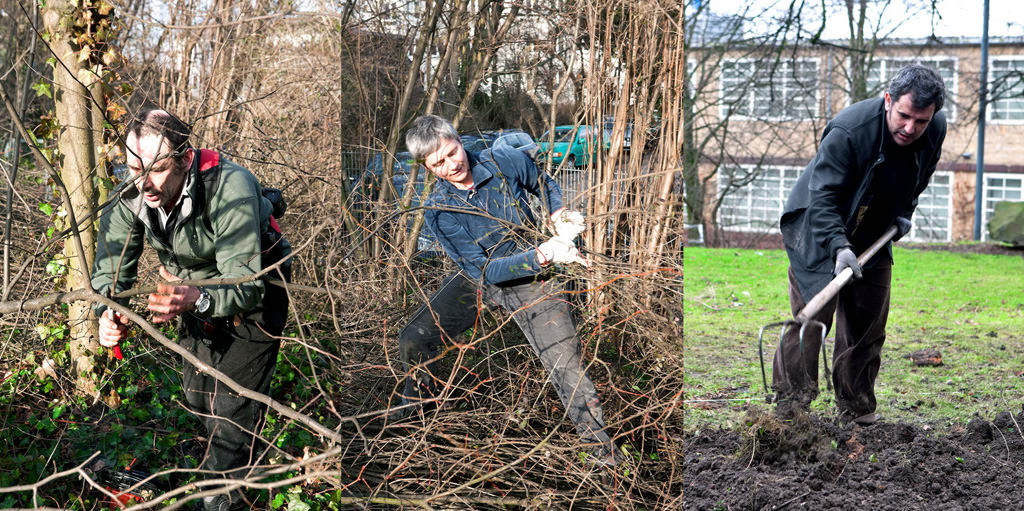
atelier le balto is Marc Vatinel, Véronique Faucheur, and Marc Pouzol, a trio of French born, Germany and France based landscape architects. Their projects center on the use and reuse of urban conditions, atmospheres, and spaces. (All images courtesy atelier le balto)
-
We show people places they know but do not see.« So begins Véronique Faucheur, explaining the unique working process of atelier le balto. The Berlin-based landscape architecture firm uses the off spaces of the city – vacant lots, forgotten courtyards, parking lots – and imbues them with a certain self-awareness, radically turning a space into a place.
Of course, there is an element of secret discovery about many of atelier le balto’s projects, a certain poetry in the bringing to the surface what was previously obscured – the finding of spaces that seem somehow off the usual map we inhabit in the city.
On hot summer evenings one can nestle against the sheltering walls of the contemporary art museum, Hamburger Bahnhof, reclining on the wooden deck of the Tafel Garten. It is part of Wo ist der Garten? (Where is the Garden?),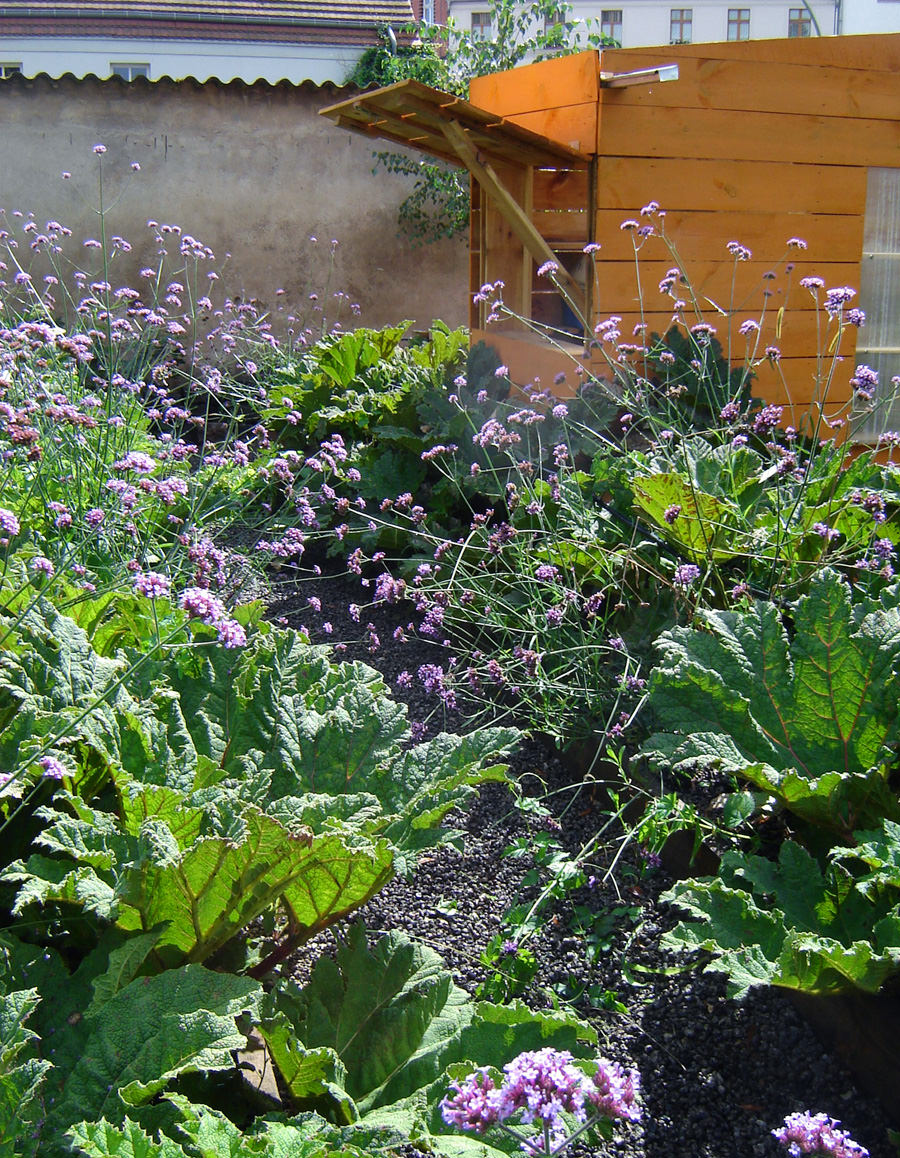
Their projects embrace found conditions in urban spaces, many of them in Berlin. The Lichtgarten in Berlin-Köpenick engages the local population with small interventions and vibrant wild plants.
-
»We show people
places they know
but do not see.«Licht Garten, Berlin-Köpenick
-
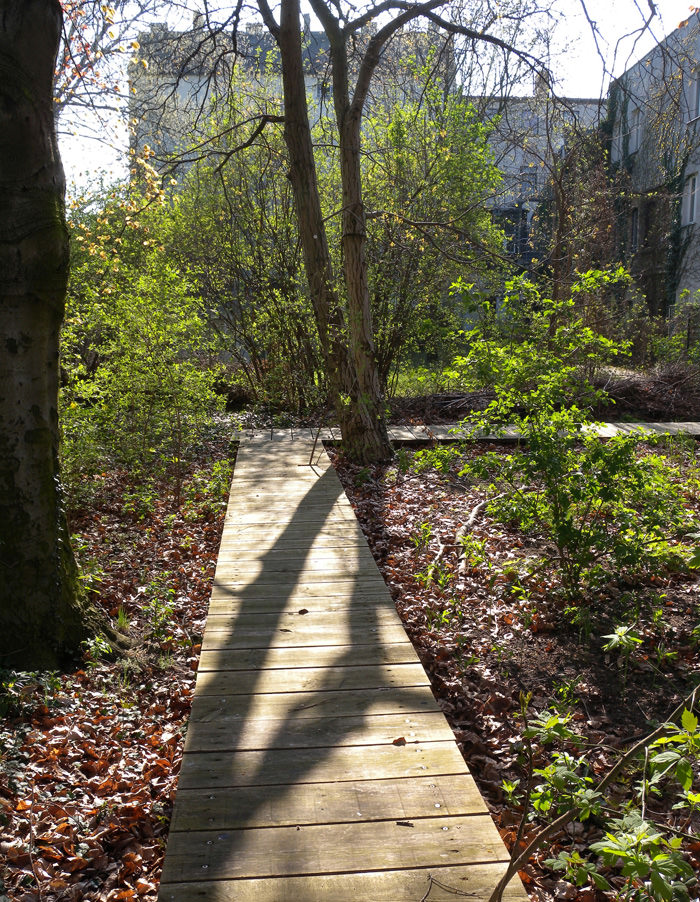
a series of projects in Berlin’s Mitte district that took some of these spaces and using minimal intervention transformed them. This is truly an off-place, tucked into a recess in the building’s exterior walls. It was an early find by both Faucheur and Marc Pouzol, two of the three members of atelier le balto – but not together. At the start of Wo ist der Garten? project, one mentioned this space to the other, only to realize that they had simultaneously but separately discovered this secret space, which has now changed from an anonymous niche into a place perfect for a picnic. The emergent vegetation was left, trained into a focus of wild riotous leaves and the occasional fleeting flower. A chalkboard at the very back of Tafel Garten, under the trees surrounded by three walls, became a place for private messages, lone confessions, love doodles.
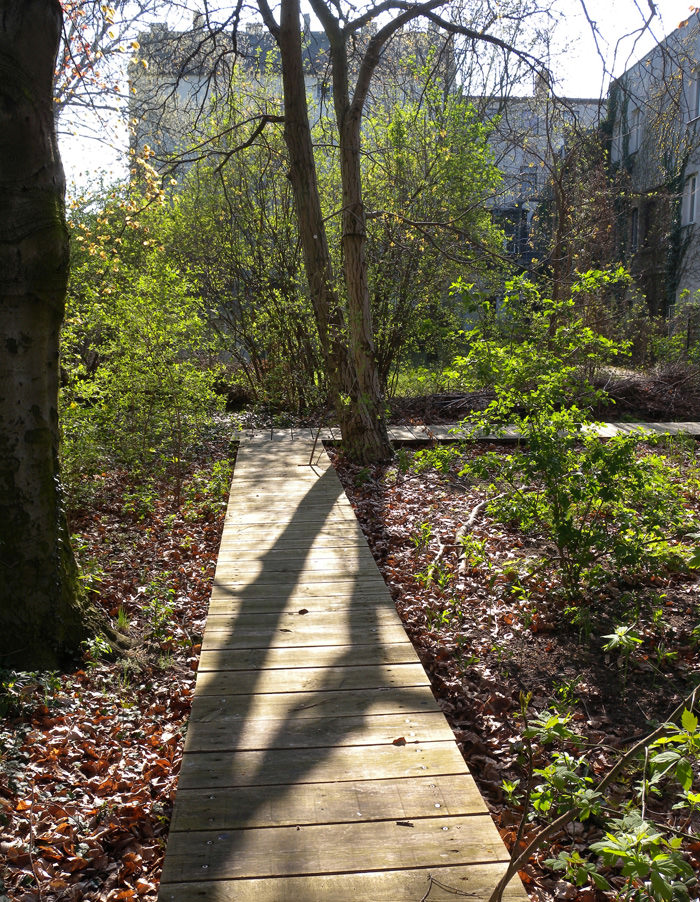
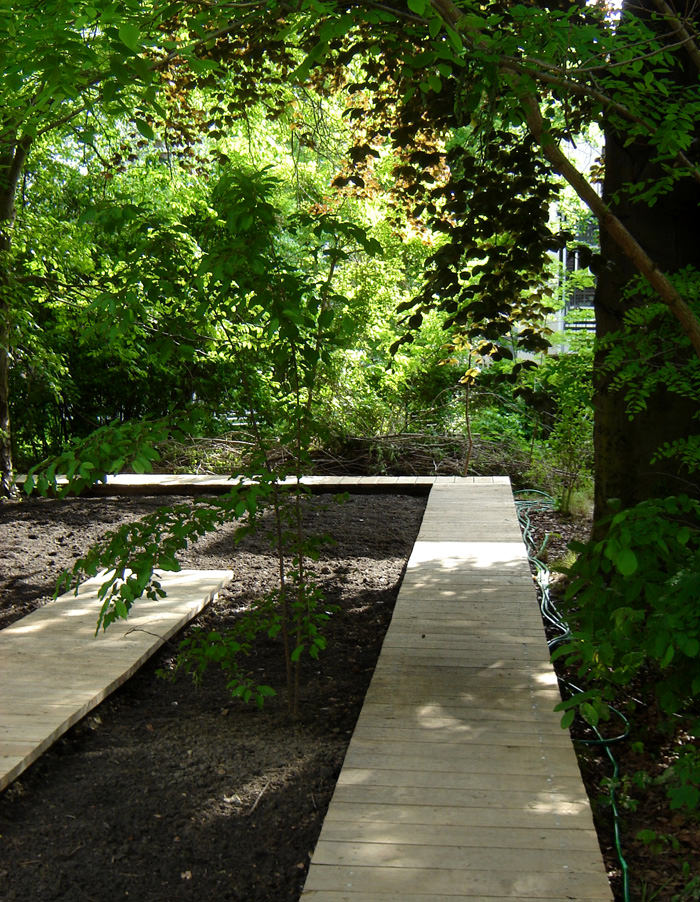
From winter to summer the Schatten Garten, also in Köpenick, creates a space for residents and visitors to walk in a shady urban glen-like place.
-
Wandering Berlin since 1993, Faucheur and Pouzol have since been joined by Marc Vatinel, based in Le Havre (France) to make the core team of atelier le balto. The influence of post-reunification Berlin’s unique urban form is unmistakable in their work. The city was full of open spaces, colonized by plants, devoid of the developer fever, which now flushes these parts of the city from the map. Slowly the wanderings began further afield, the projects more removed from the core. In Faucheur’s words: “It is sad now, to see the open spaces that are left, obscured by fences and boarded up – perhaps it is because of a fear of lawsuits, but these used to be places to discover, to walk into and find new wild places in the city.”
Their work, so influenced by the intangible, is a product of a dialog between drawings, the ineffable qualities of the place, writing, and communal input.The budgetary limitations may have eased somewhat, yet still friends and volunteers, set out additional plants, construct simple structures, carry out a share of the work and – these being gardens – conduct ongoing maintenance. In projects stretching from their Jardin Sauvage at Paris’ Palais de Tokyo to Quebec’s Jardins de Métis landscape exposition and back home in Berlin, atelier le balto’s landscape architecture is crafted with love and respect for the materials and modes of our natural world. There is no division between nature and culture in their work – only the appreciation of the qualities of a place, regardless of its genesis.
In many ways their work is about discovery, uncovering and creating, but it is also about an awareness of impermanence, of the risk of creating in the built environment. After all, it is so much easier to rip out a garden then to tear down a house. Yet at the same»... atelier le balto’s landscape architecture is crafted with love and respect for the materials and modes of our natural world.«
-
time the whims of a formal client can ruin something much faster than a self-initiated action. These are not fly-by-night projects – designed, completed, forgotten – the work is held in the same respect as that for an old friend.
As Marc Vatinel often quotes, André Le Nôtre said, “To know how to guide nature you must respect it,” and this includes the weedy lot, the back alley ailanthus sprouting in cracked asphalt – the work is not a denial of our peculiar green urbanities, but a celebration of the unique atmosphere of rich and layered urban spaces.
Outside of Berlin’s urban core, in Köpenick, there is a pair of projects by atelier le balto, Licht Garten (Light Garden) and Schatten Garten (Shadow Garden), created for the spaces and characters of their names. The counterpointed strategy matches another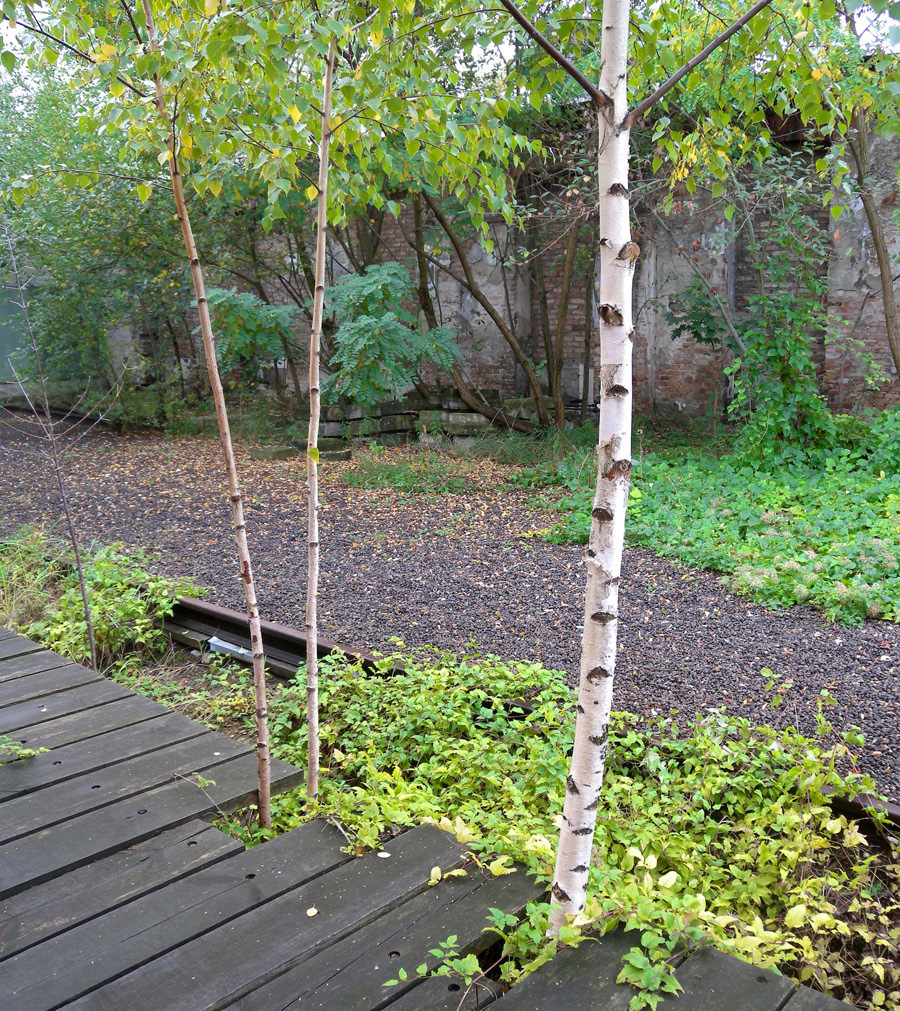
The Tafel Garten, in Berlin Mitte, is hidden in back of the contemporary art museum Hamburger Bahnhof. Existing trees and plants are a backdrop for simple interventions such as a wooden deck, perfect for summer picnics.
-
Tafel Garten, Berlin
-
Founded in Berlin by Laurent Dugua (architect) and Marc Pouzol, atelier le balto consists now of Marc Pouzol and Marc Vatinel, both landscape architects as well as gardeners, and Véronique Faucheur, trained as an urban designer. Since 2000, atelier le balto has created many gardens for cultural and artistic institutions in Berlin, Paris, Madrid and Florence.
of atelier le balto’s guiding principles: just like the city itself, these gardens are places to meet people, to interact socially. But at the same time they are spaces to be alone, to look at the natural world, to watch time pass.
In a clear and poignant representation of tracking the life and duration of their projects, atelier le balto have an ever-changing drawing, called “archipelagos”, which maps their projects from east to west in the world, representing them as emergent or on the decline. The office prizes the projects where their involvement stretches over the seasons, over the years. The wax and wane is also reflected in a careful consideration of seasonality. The long shadows of winter give way to the long days of summer. And in the best cases, the projects of atelier le balto endure.

The chalkboard at Tafel Garten allows visitors to ever-so-briefly leave their mark on the space, bringing the themes of change, impermanence and human fascination into focus in a changing whirl of self-expression. This is the essence of the inclusive yet carefully guided work of atelier le balto.
»The work of atelier le balto
is not a denial of our peculiar green
urbanities, but a celebration of the
unique atmosphere of rich and
layered urban spaces.«
-
Search
-
FIND PRODUCTS
PRODUCT GROUP
- Building Materials
- Building Panels
- Building technology
- Façade
- Fittings
- Heating, Cooling, Ventilation
- Interior
- Roof
- Sanitary facilities
MANUFACTURER
- 3A Composites
- Alape
- Armstrong
- Caparol
- Eternit
- FSB
- Gira
- Hagemeister
- JUNG
- Kaldewei
- Lamberts
- Leicht
- Solarlux
- Steininger Designers
- Stiebel Eltron
- Velux
- Warema
- Wilkhahn
-
Follow Us
Tumblr
New and existing Tumblr users can connect with uncube and share our visual diary.
»I don’t mistrust reality of which I hardly know anything. I just mistrust the picture of it that our senses deliver.«
Gerhard Richter
Keyboard Shortcuts
- Supermenu
- Skip Articles
- Turn Pages
- Contents
